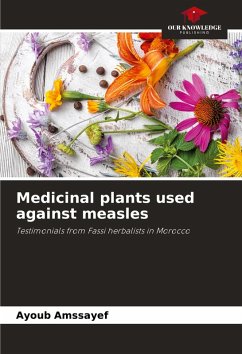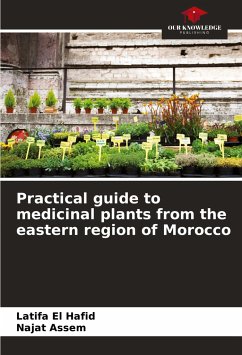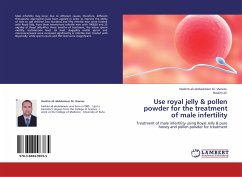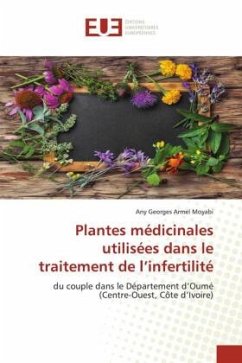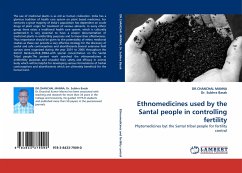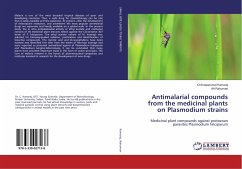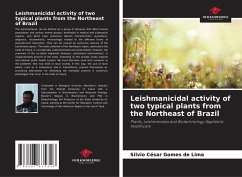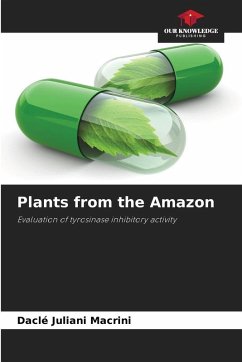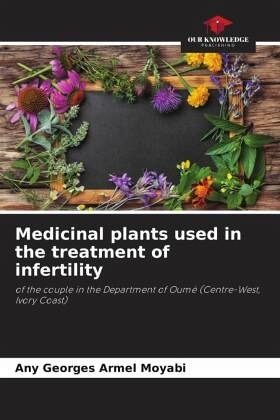
Medicinal plants used in the treatment of infertility
of the couple in the Department of Oumé (Centre-West, Ivory Coast)
Versandkostenfrei!
Versandfertig in 6-10 Tagen
29,99 €
inkl. MwSt.

PAYBACK Punkte
15 °P sammeln!
Giving birth is a wonderful experience because it promotes the stability of the couple. Infertility has its origin in both men and women. The objective of this study is to identify the perception of traditional practitioners concerning infertility and to list the plants used in its treatment. Thus, an ethnobotanical survey was conducted among 336 traditional healers in the Department of Oumé through a questionnaire following a network sampling (snowball). Among the traditional healers interviewed, 86.91% mentioned male and/or female causes, while 13.09% said that they did not know of any dise...
Giving birth is a wonderful experience because it promotes the stability of the couple. Infertility has its origin in both men and women. The objective of this study is to identify the perception of traditional practitioners concerning infertility and to list the plants used in its treatment. Thus, an ethnobotanical survey was conducted among 336 traditional healers in the Department of Oumé through a questionnaire following a network sampling (snowball). Among the traditional healers interviewed, 86.91% mentioned male and/or female causes, while 13.09% said that they did not know of any diseases causing reproductive disorders. Oligospermia with a frequency of 37.18% and dysmenorrhea with 40.67% are the most cited pathologies as causes of reproductive disorders in men and women respectively. Therapeutic practices indicate that 92 recipes made up of 65 plant species divided into 60 genera and 42 families are used to treat pathologies related to infertility. These plants could playa role in the management of infertility in couples.



